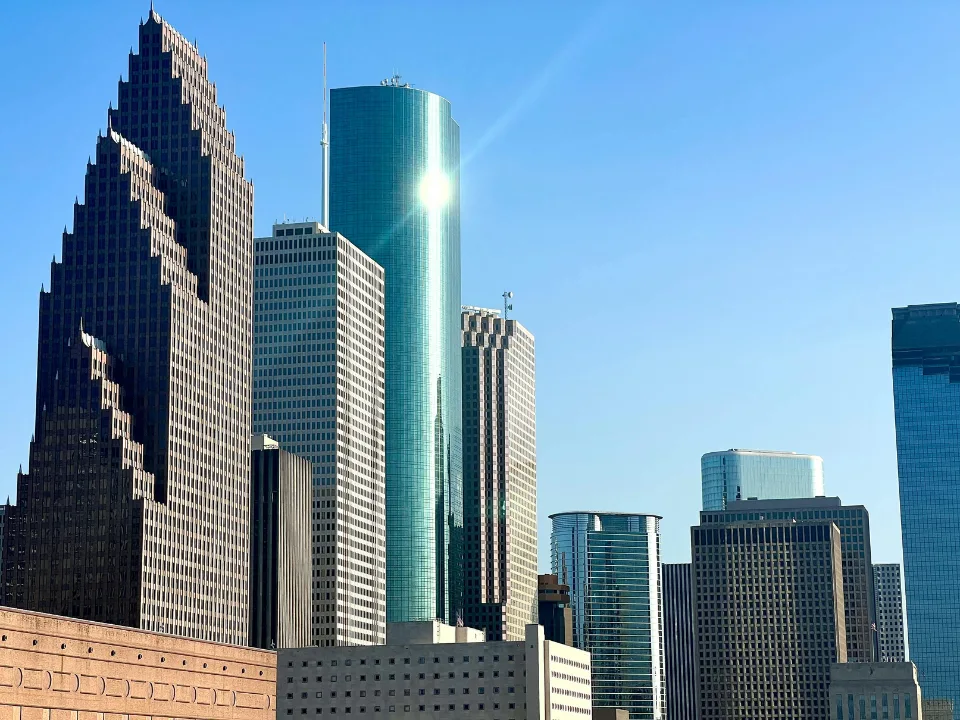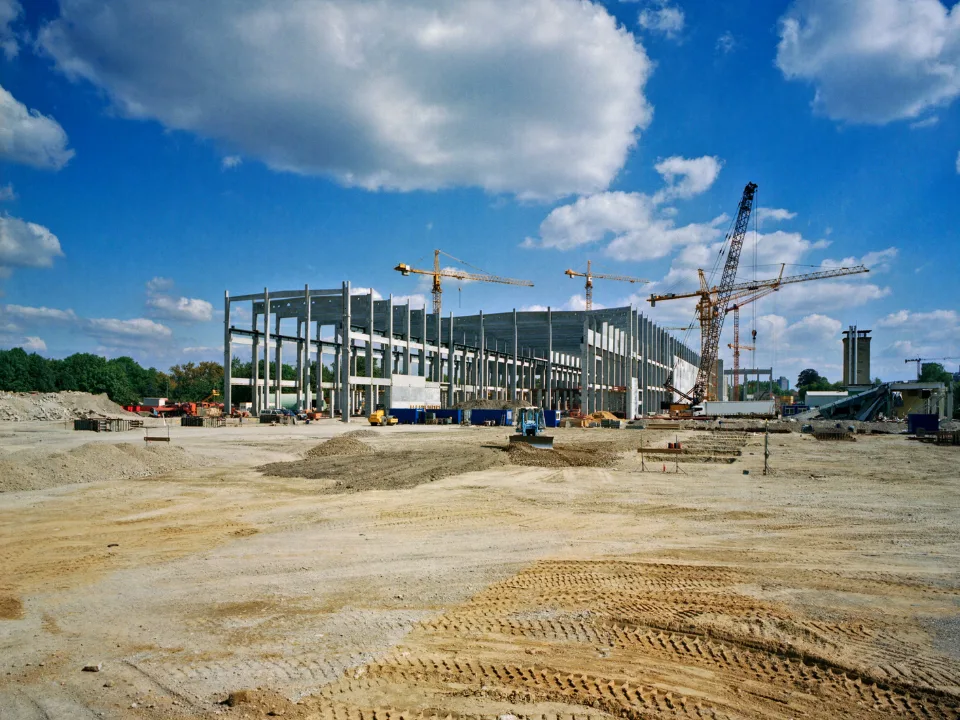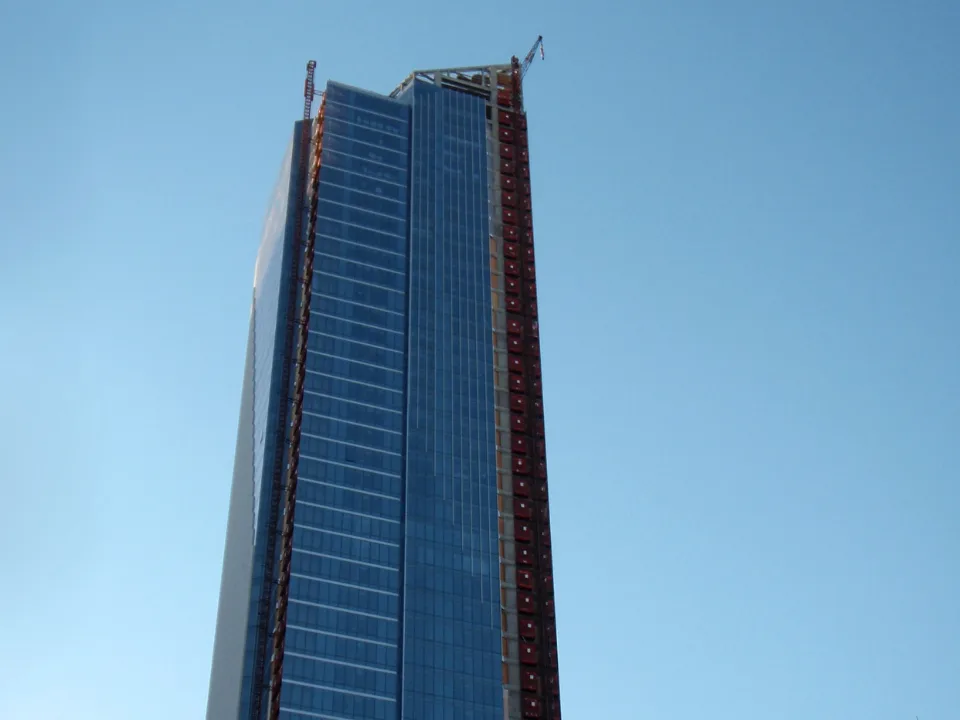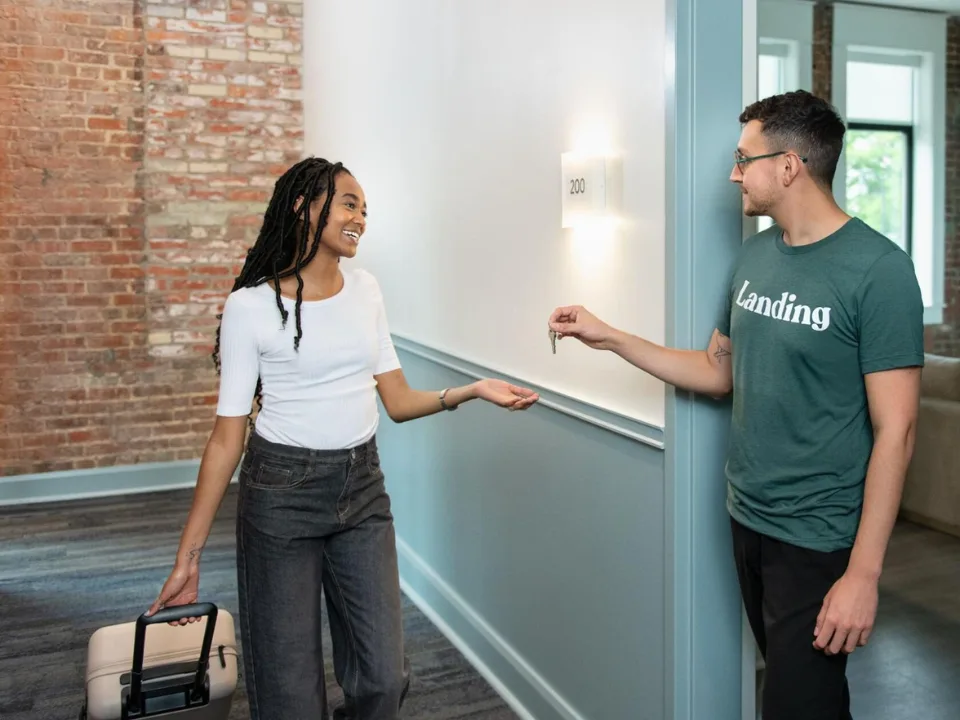- Trophy office buildings in Houston are near full occupancy, pushing up rents and making concessions rare — and prompting tenants to consider Class-B and older Class-A spaces.
- Landlords like Hartman Properties have boosted occupancy rates by 27% in renovated Class-B assets, capitalizing on rising demand for affordable, ready-to-lease spaces.
- Despite Class-B space still averaging a higher vacancy rate (27.7%) than the city overall, leasing activity is on the rise — up 7% year-over-year and among the highest in the US.
- As tenants are priced out of new product, and few new projects are being delivered, Houston’s overlooked office stock could finally see a path to recovery.
Tight At The Top
Houston’s Class-A office market has tightened significantly, with buildings developed after 2015 posting just 11.7% vacancy, according to JLL — a sharp contrast to the city’s overall 26.3% rate, reports Bisnow. Rents at newer buildings have climbed to $36.14 PSF, pricing out many companies and drying up once-common concession packages.
Enter Class-B
That price pressure is redirecting demand. Landlords of well-located, older properties are reporting stronger leasing activity and healthier economics. Hartman Properties, which owns seven Class-B buildings in the Energy Corridor, has been offering turnkey suites of 1,500 to 3K SF — spaces that lease quickly. The result: a 27% occupancy bump across their portfolio.
“We’re reaping the benefits of our location,” said Margaret Hartman, COO of Hartman Properties. “It’s penciling economically for us.”
Get Smarter about what matters in CRE
Stay ahead of trends in commercial real estate with CRE Daily – the free newsletter delivering everything you need to start your day in just 5-minutes
Smaller Tenants, Faster Deals
While Class-A leases often top 9K SF, Class-B demand is coming from smaller users — averaging 2,300 SF — who want flexibility and affordability. Several large Class-B leases have helped boost confidence: Frazer’s 150K SF in Sugar Land, Blue Cross Blue Shield’s 135K SF in Southwest Houston, and Ezee Fiber’s 94K SF.
The Road Ahead
Despite momentum, recovery is still uneven. Class-B vacancy remains higher than average, and demand is still down 24% from pre-pandemic levels. But with trophy space scarce, brokers believe more tenants will adjust expectations — and landlords are ready to capture them.
“Houston’s downturn started earlier than most markets,” said Avison Young’s Ariel Guerrero. “We’re positioned well for a rebound. It won’t be explosive, but it’ll be meaningful.”
Why It Matters
As economic pressures continue and new office construction slows, Houston’s overlooked Class-B segment could become a viable alternative for tenants priced out of premium spaces. For landlords, that means long-awaited relief — and perhaps the first signs of a true market reset.

















